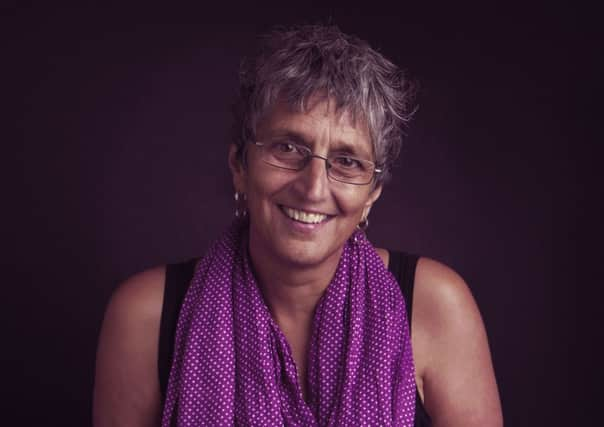Melting pot luck


It was Bob Marley who summed it up neatly. “If you know your history, then you would know where you’re coming from,” he sang in Buffalo Soldier. Marley, who had a white father and black mother, wasn’t singing about being mixed race but his words could easily describe the situation that many mixed race people understand all too well.
When your bones belong to two different lands, it’s not always easy to know where you’re coming from.
Advertisement
Hide AdAdvertisement
Hide AdMulato, halfcast, even half-breed – all terms over the past few decades that have been used to refer to people who have parents from different racial backgrounds. The term mixed race is generally preferred these days, although language will evolve and future generations will no doubt raise eyebrows at this too one day.
It is not the language, but the stories that are important to mixed race people (I know, I’m one of them). Taking the sometimes confusing, tangled stories of the children of mixed race couples and attempting to make sense of them is a new project funded by the Arts Council.
Led by Katy Massey, a community artist and creative writing tutor, Tangled Roots is the perfect name for the project. It was started last year after Massey, herself mixed race, gave birth to a daughter. Awakening feelings of the confusion she felt about her own identity, she wanted to give people a platform to tell their stories.
“Growing up in Leeds, I never saw anything that reflected my experience,” she says. “Now I have my own daughter, I am surprised to find that this hasn’t changed. The aim of the project is to start a conversation where people of mixed cultural backgrounds can reflect on their lives and meet other people to share their stories.”
Advertisement
Hide AdAdvertisement
Hide AdIt comes back to stories again. It always does. It’s why Marley’s message was so powerful. Your history, your stories, are a currency, perhaps more so when your roots are unclear.
The writers Massey selected were from around Yorkshire and all shared one thing in common – a story of what it means to be mixed race. Emily Midorikawa has a Japanese mother and English father. A novelist and short story writer, she has won several prizes for her work. Her mother was told by a fortune teller that she would die outside her native Japan, but never believed it. She later moved to York, where Emily was born. Her piece, called The Memory Album, recollects how her mother took hundreds of photographs of her and her sister over the years.
She writes: “Half-English and half-Japanese was how my parents had described me from birth, and it’s a phrase I use myself to this day. Others might prefer the more modern ‘English and Japanese’ with its suggestion of a whole belonging to each of those cultures, but, personally, that has never felt accurate to me. I don’t define myself only by my nationality; I am a writer, a teacher, an enthusiastic dancer, good at mending things around the house, I hope others would say a caring friend, a loyal partner to my life’s love. But if someone asks me what I am, in the sense of where I’m from, I will answer that I am half-Japanese and half-English.”
Sai Murai is a poet, writer and graphic artist of Bajan, English and African heritage. He remembers when he was very young, living in York and hearing an English woman in a cafe remark that “the good thing about York is that there aren’t many coloureds”. His family later moved to Pontefract, where, he reflects in his piece Processed Sugar, people would remark that his mother was good to look after children like him, never assuming he could be her son.
Advertisement
Hide AdAdvertisement
Hide AdIn Acts of Love, Seni Seneviratne, half- English and half-Sri Lankan and another of the commissioned writers, explains how she is considered the “official family archivist”.
She writes: “My family’s story is like a quilt, stories inside stories and one thing next to another in no particular order. You can run your hands over it and delight in its varied textures but you must take care.”
While many people might be able to relate to some of the stories, there are moments and experiences that can possibly be only truly understood by other mixed race people. But sharing the stories is a way to find understanding, Massey says.
The project is far from over. The website also has a section where others can share their stories which sits alongside the work of the six core writers, who also include Jane Steele, born to a mother from Wakefield and a father from Trinidad and Adam Lowe, a writer and publisher originally from Leeds, who in 2012 was selected to be Yorkshire’s poet for the Olympics. All who were photographed by Anthony Farrimond for an exhibition launched late last year at Seven Arts in Chapel Allerton.
Advertisement
Hide AdAdvertisement
Hide AdLeeds-born writer, performer and novelist Michelle Scally Clarke, writes in her often amusing poem Threads, Locks and Ties that “My mum could have had an affair /With Bob Marley /Then had me /And run back to the family before tea / Couldn’t she?”
To find out more about the project, or to submit your own story, go to www.tangledroots.org.uk